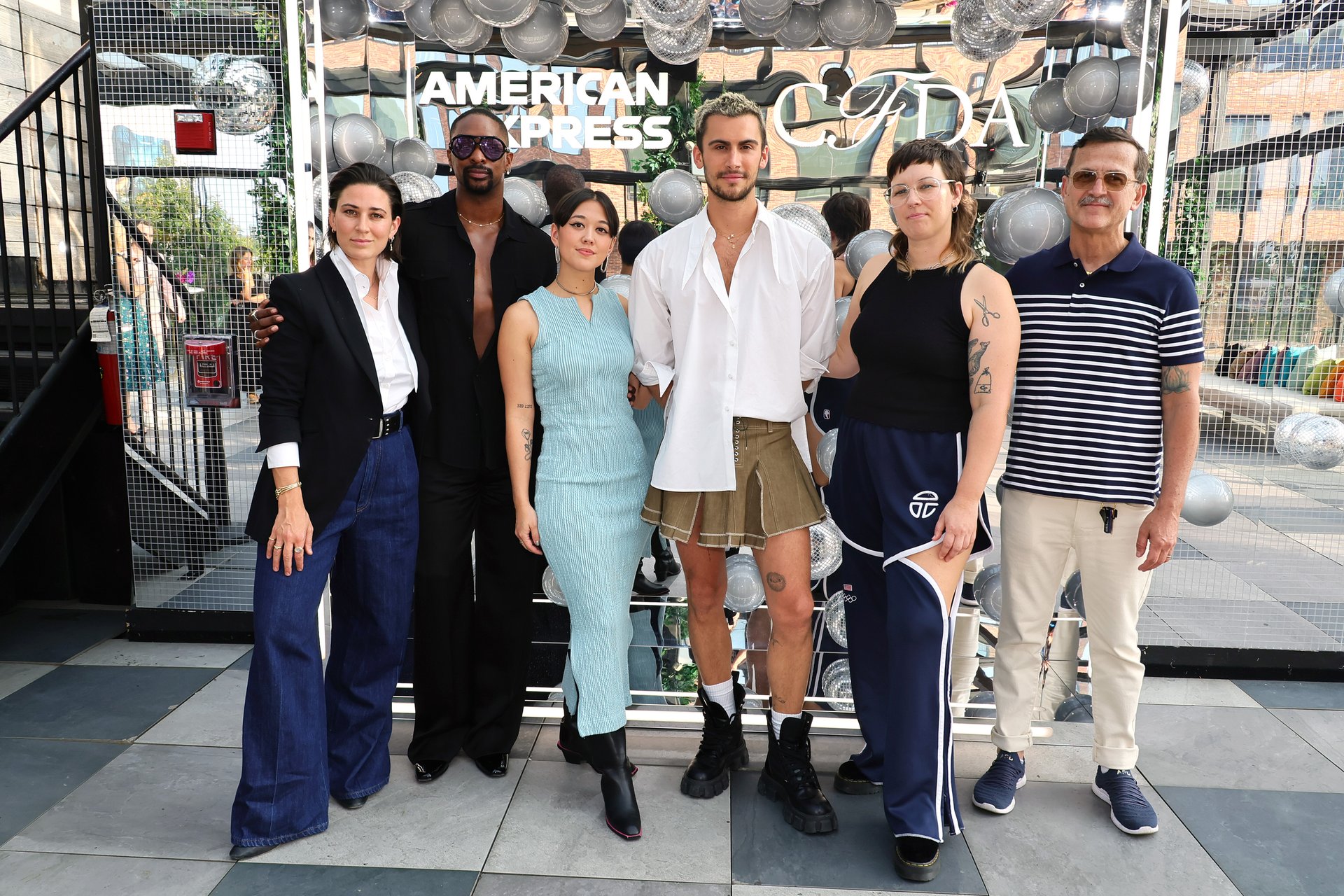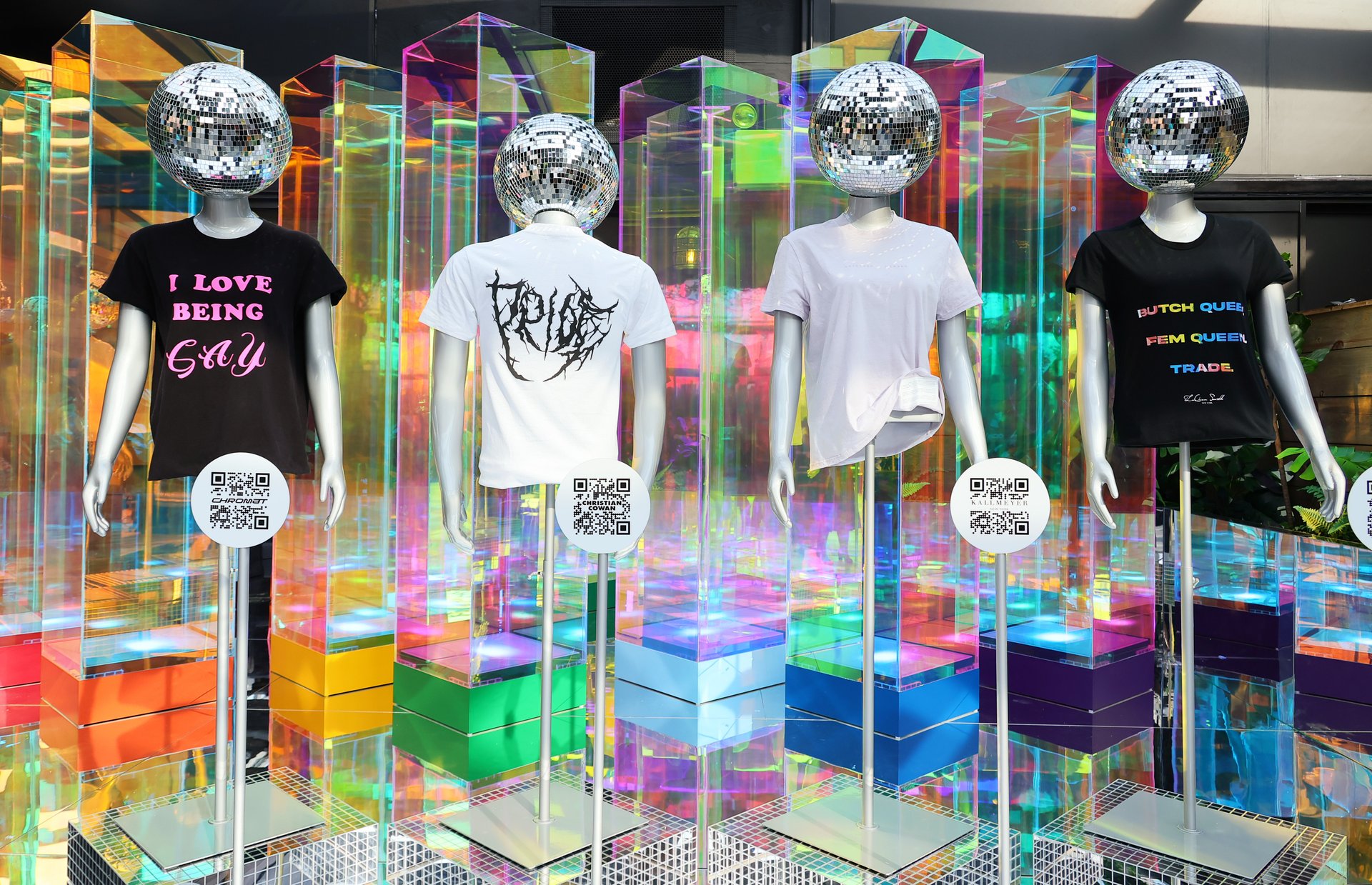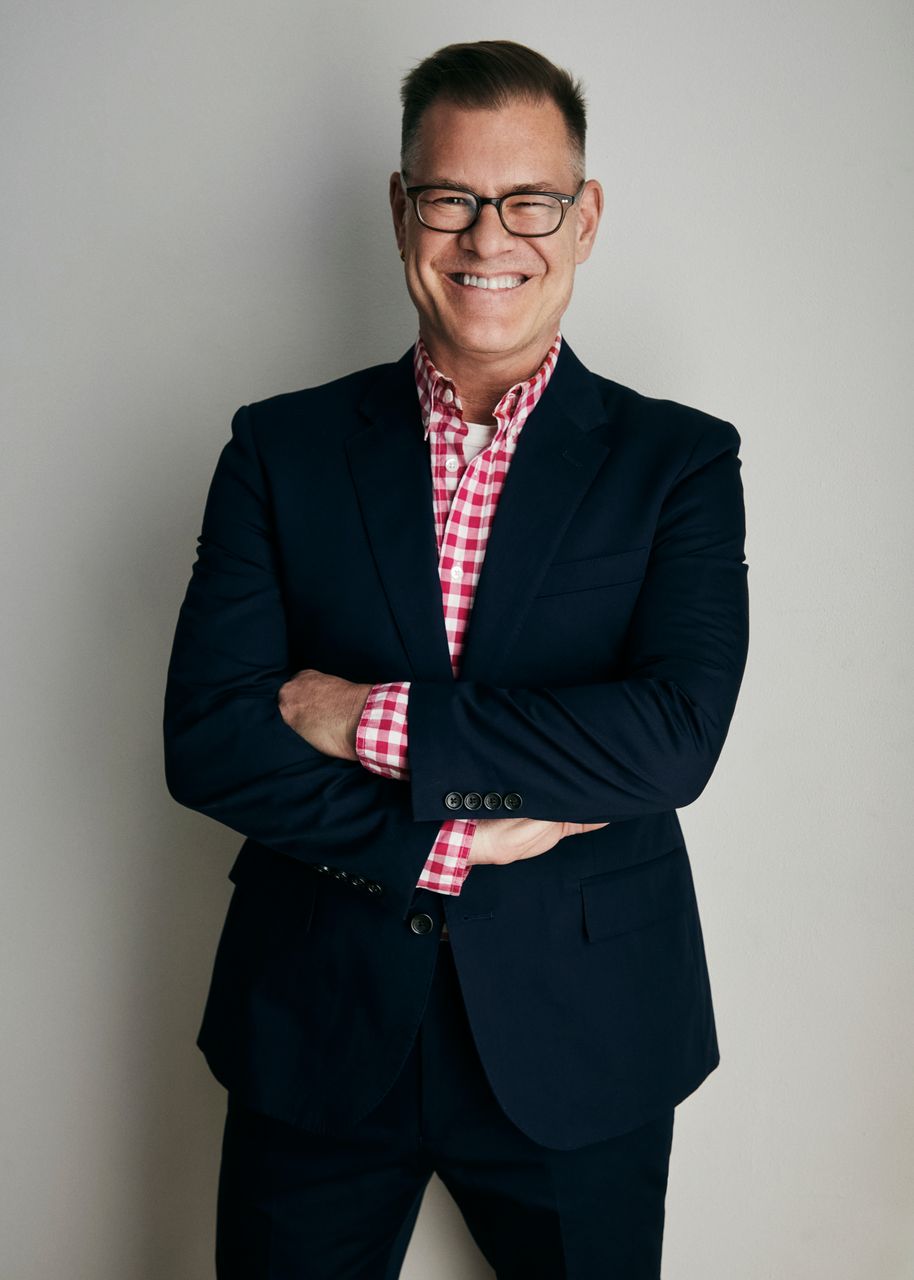Similar to Smith, Cowan had no idea what to do to become a fashion designer; he fell into it. “I did not know how to sew,” he said. “I was terrible in fashion school, I nearly got kicked out multiple times.” But Cowan did not stop there. He continued pouring into the craft which ultimately birthed his eponymous brand. “My brand is for ‘look at me’ type of people who want and love to be seen,” Cowan stated.
His adolescence in Cambridge, United Kingdom, shaped how his brand lives in popular culture.
“I was an unhappy teenager in a very restricted environment,” he said. “I discovered fashion online and through my female relatives.”
Today, Cowan can say that one of his biggest fashion idols, Lady Gaga, was the first woman to wear his brand. Cowan manifested what he wanted to create and shared stories that encourage the youth to feel an urge to amplify their voices. As he put it, “People believe the fight is over, but it’s not.”
After walking into stores that did not welcome plus sizes and queer people, McCharen began to sew while studying architecture. “When I learned how to sew, I changed how I felt about my own body,” McCharen stated. “It was not my body that needed to change, instead it was the clothes. I realized being able to alter my clothes made me much more confident than before.”
Over time, McCharen introduced Chromat swimwear with nods to her architectural way. “We always use plus sized models and trans people in addition to individuals of other shapes and sizes,” McCharen stated. “Our ethos for Chromat focuses on all bodies.”
For Kallmeyer, dress and presentation have always been a part of her vision, even as an adolescent who competed as a figure skater. “I grew up with some fabulous matriarchs in my family, who were very inspirational to how I saw myself and how I presented myself to others,” Kallmeyer stated.
Before coming out and moving to New York City, Kallmeyer desired to be a part of fashion but did not quite see it for herself. In high school, she remembers being surrounded by affluence which she did not experience at home. When Kallmeyer’s classmates were purchasing designer dresses, she was making her own prom dress.
Kallmeyer reimagines what suits look like for queer women as she defines that sexiness does not require the male gaze. She creates suits that make women feel empowered to be themselves, to be taken seriously, and to be sexy.
When aligning her brand with queer brand representation, Kallmeyer was told not to put herself in a pigeon hole. Yet it is safe to say that she did not restrict her vision as queer celebrities and influencers purchase her brand.
If we are true to ourselves, we know that homophobia will never die. As we continue to empathize with each other, we will understand there is no need for validation to be accepted by the world as we can only live for ourselves.





